Stunning Medical Technologist CV Examples for This Year
Learn how to write a medical technologist CV with this medical technologist CV to impress hiring managers and get your next health care job.
Learn how to write a medical technologist CV with this medical technologist CV to impress hiring managers and get your next health care job.
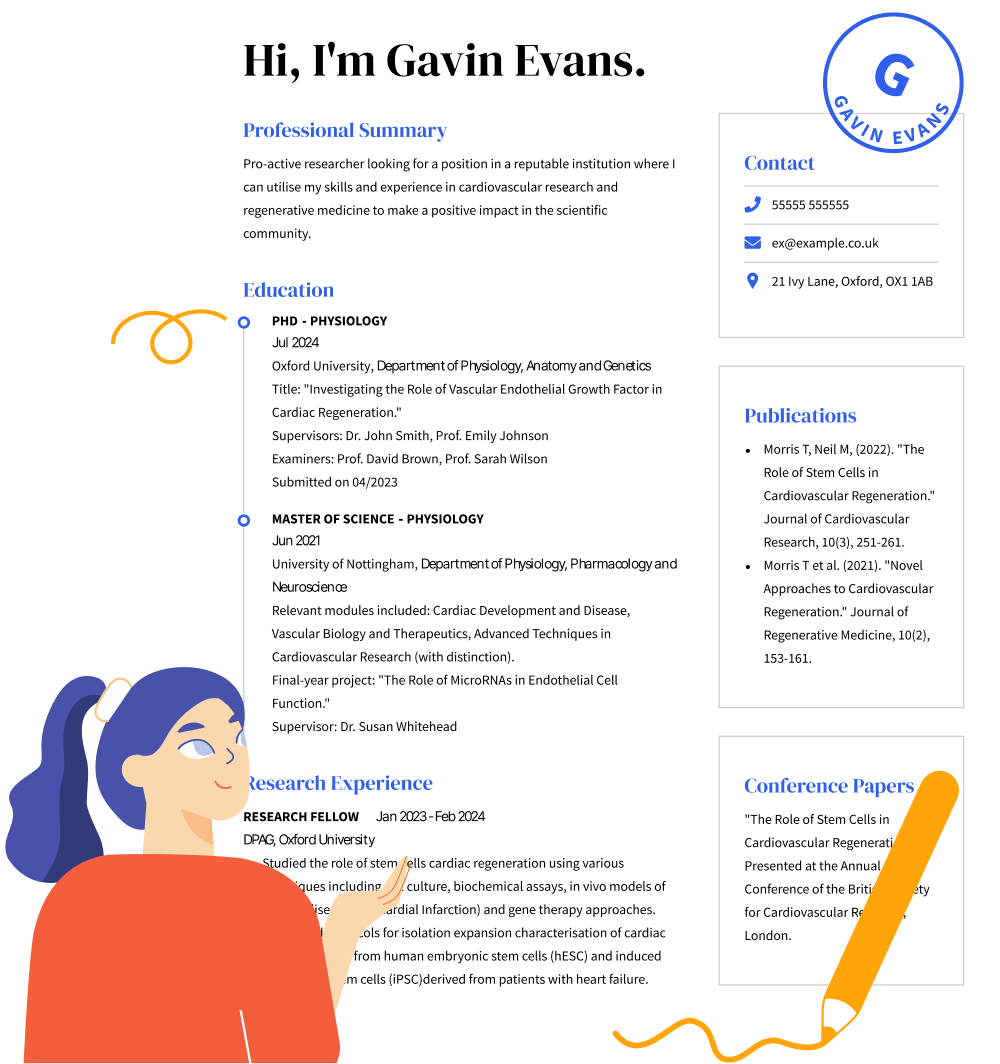
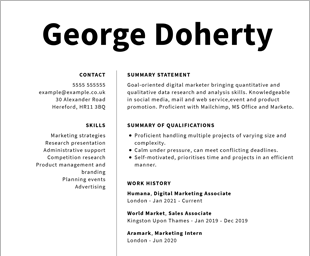
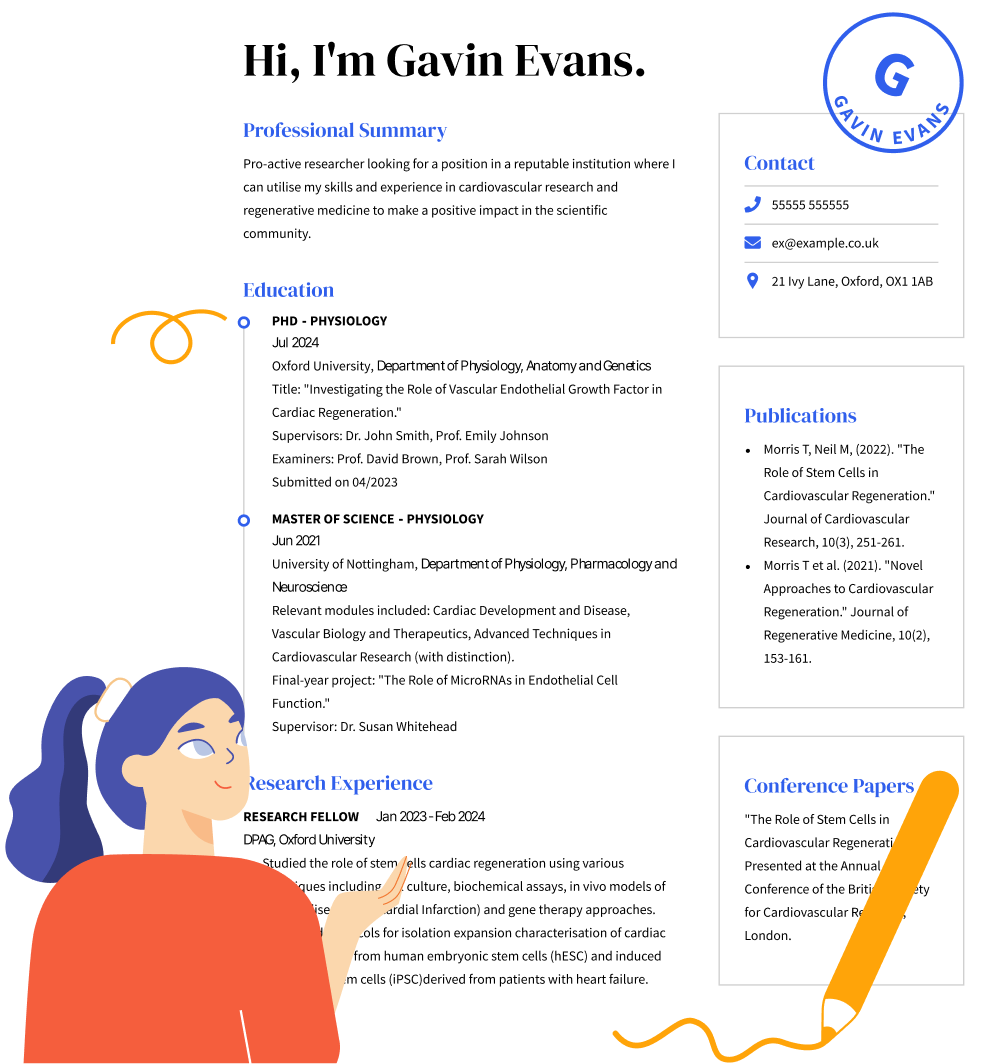
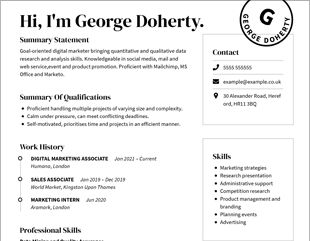
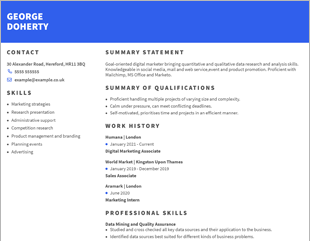
OUR USERS HAVE BEEN HIRED BY
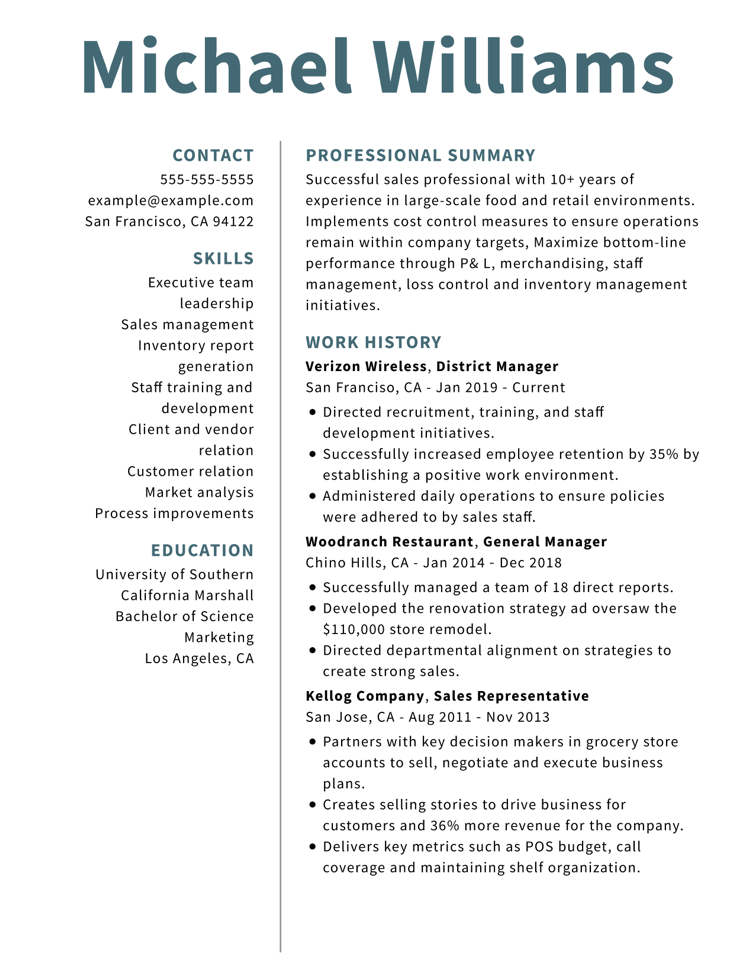
Medical technologists are the hidden analyzers who work tirelessly conducting rigorous lab testing. They collect and analyse blood and body fluids, and conduct laboratory procedures to help other health professionals identify and treat medical conditions.
To show that you’re ready to take on a laboratory science role, you’ll need a professional CV to show off your skills, experience and academic credentials. In this article, you’ll learn the best ways to show off your employability assets to impress a hiring manager and increase your chances of securing an interview.
Medical technologists are critical to the health care industry and help diagnose some of the most serious illnesses, so you’ll need a well-organised CV to show you can do this. In a medical technologist CV, you need to show off:
The following bullet point list includes some skills you can add to your CV:
Work history
Do:
Don’t:
You should always use a cover letter for each application. Cover letters are the perfect chance to explain your skills and previous experience at length. This helps to give the hiring manager a better impression and helps them understand why you’re the ideal candidate for a medical technologist job. A cover letter template will help you write a cover letter that follows a standard format.
To write a medical technologist CV without much experience, you’ll need to use a functional CV format. This focuses on skills instead of work experience. In a functional CV, focus on the experience you have from your training and education. You can include the medical technology skills you acquired such as conducting laboratory tests and working with lab equipment.
All great CVs need to be customised for every application. This ensures that you include information relevant to the role and the employer. The best way to change your CV is to carefully read the job description and highlight key skills and experience the recruiter is looking for. Then include these keywords throughout your CV.
We personalize your experience.
We use cookies in our website to ensure we give you the best experience, get to know our users and deliver better marketing. For this purpose, we may share the information collected with third parties. By clicking “Allow cookies” you give us your consent to use all cookies. If you prefer to manage your cookies click on the “Manage cookies” link below.